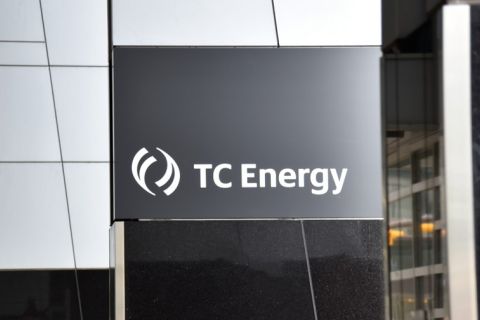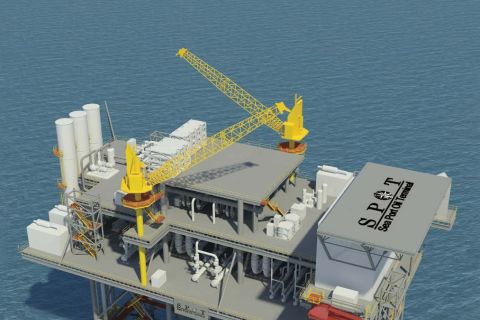Near-record crude stockpiles at the U.S. Gulf Coast will anchor prices of domestic oil grades through the end of this year and into next, traders and analysts said.
Stocks along the U.S. Gulf Coast, known as PADD III, were near record levels following several weeks of cheap imports, sluggish exports and weak refining demand. Traders are concerned that the rise in coronavirus cases will keep fuel demand suppressed.
WTI crude at Houston for delivery from August to June next year ranged between a 93-cent to a $1 a barrel premium over U.S. crude futures, according to settlements on the CME. It traded at a $3.75 premium to Cushing in early May.
West Texas Sour, the sour grade delivered into Midland, traded at a 65-cent discount to U.S. crude futures in early June, its lowest in nearly two months.
Weakness in Gulf Coast prices, due to a glut of storage, has stemmed the flow of barrels to that region from inland. The amount of oil shipped from Cushing, Okla., to the Gulf Coast in May was about 15,000 bbl/d lower than in March, according to Genscape.
"They have nowhere to go. You're at minimum refining, demand is still creeping up, but you're not at maximum," a trader said.
Gulf Coast stocks hit to an all-time high last month at 308 million barrels, according to the U.S. Energy Information Administration.
Mars Sour, the benchmark for sour U.S. Gulf Coast grades, was trading at a $1.05 premium to U.S. crude futures on July 1, from a more than $4 premium in early May. Mars for December delivery currently trades at a 75-cent premium, a signal that the market sees demand for the grade to remain low through the rest of the year.
Recommended Reading
TC Energy's Keystone Oil Pipeline Offline Due to Operational Issues, Sources Say
2024-03-07 - TC Energy's Keystone oil pipeline is offline due to operational issues, cutting off a major conduit of Canadian oil to the U.S.
Pembina Pipeline Enters Ethane-Supply Agreement, Slow Walks LNG Project
2024-02-26 - Canadian midstream company Pembina Pipeline also said it would hold off on new LNG terminal decision in a fourth quarter earnings call.
TC Energy’s Keystone Back Online After Temporary Service Halt
2024-03-10 - As Canada’s pipeline network runs full, producers are anxious for the Trans Mountain Expansion to come online.
Enbridge Announces $500MM Investment in Gulf Coast Facilities
2024-03-06 - Enbridge’s 2024 budget will go primarily towards crude export and storage, advancing plans that see continued growth in power generated by natural gas.
Enterprise Gains Deepwater Port License for SPOT Offshore Texas
2024-04-09 - Enterprise Products Partners’ Sea Port Oil Terminal is located approximately 30 nautical miles off Brazoria County, Texas, in 115 ft of water and is capable of loading 2 MMbbl/d of crude oil.




